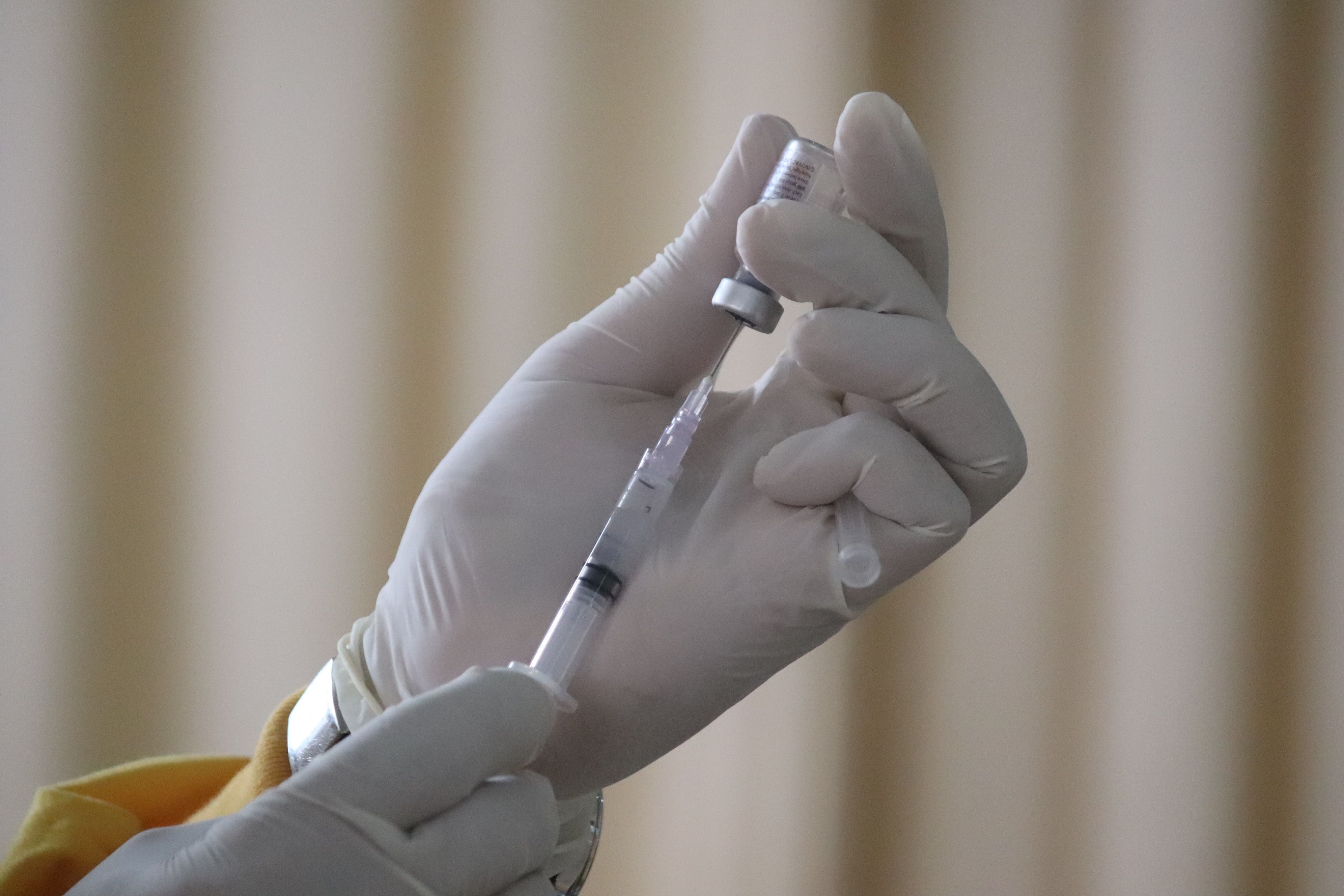Can Electronic Reminders Improve Influenza Vaccination Uptake?
A large European study looked at a modern-day communication method and its influence on a public health initiative to increase immunizations.

One of the ongoing challenges about influenza vaccination is that overall immunization numbers remain relatively low. In the United States, the vaccine rate is approximately 50% of eligible recipients. The Centers for Disease Control and Prevention (CDC) says in the most recent season, “vaccination coverage with ≥1 dose of flu vaccine was 57.4% among children 6 months through 17 years, similar to the 2021–22 flu season (57.8%), and flu vaccination coverage among adults ≥18 years was 46.9%, a decrease of 2.5 percentage points from the prior season (49.4%).” 1
Public health officials have been exploring different methods of increasing vaccine uptake.
In a study published today in the Annals of Internal Medicine, investigators in Europe looked at the influence of electronic letters sent out to nudge people about getting their influenza vaccination. The results showed only a 1% increase in vaccine uptake.2
Specifically, the study was part of the large NUDGE-FLU (Nationwide Utilization of Danish Government Electronic letter system for increasing inFLUenza vaccine uptake) trial.2 In the initial analysis and in previously published results, all intervention letter strategies used a standard template one section different from the others communicating different messaging. The trial had the following groups: usual care, standard informational letter, standard informational letter sent at baseline and repeated 14 days later (“repeated letter”), depersonalized letter without recipient name, gain-framing nudge, loss-framing nudge, collective goal nudge, active choice–implementation intention prompt, CV gain-framing nudge, and expert statement.
“The CV gain-framing letter increased influenza vaccination by 0.92 percentage points (99.55% CI, 0.33 to 1.52 percentage points; P<0.0001), and the repeated letter increased vaccination by 0.74 percentage points (99.55% CI, 0.14 to 1.34 percentage points; P. 0.0005); the CV gain framing letter also seemed more beneficial in increasing influenza vaccination among those who had not received influenza vaccination during the preceding season (P for interaction <0.0001),” the investigators wrote.2
The latest update is a subset analysis, which included 691,820 Danish citizens aged 65 years or older during the 2022-2023 influenza season. And the focus was on the vaccination rates and how it affected clinical outcomes. They measured clinical endpoints looking at cardiovascular, respiratory, and other health conditions during follow-up from intervention delivery, which was from September 2022 through May 31 2023.2
“The modest increases in influenza vaccination rates (approximately 1 percentage point) observed with the successful electronic nudging letters did not translate into observable improvements in clinical outcomes,” the investigators wrote.2
The Introduction of a Trivalent Influenza Vaccine
During the recent FDA Vaccines and Related Biological Products Advisory Committee meeting, the advisors recommended that all US flu vaccines transition from quadrivalent to trivalent vaccines for the 2024-2025 flu season.3 The trivalent vaccines’ formula will still contain the influenza A(H1N1), A(H3N2), and B/Victoria-lineage vaccine virus, but omit the influenza B/Yamagata virus because it is no longer actively circulating.
Quadrivalent flu vaccines first became available in the US during the 2013-2014 flu season and have remained as the standard composition until the current flu season (2023-2024).3 Transitioning from quadrivalent to trivalent vaccines will increase the current production capability by 200 million doses, allowing more patients to be vaccinated from the flu.
Reference
1. Flu Vaccination Coverage, United States, 2022–23 Influenza Season. CDC. Last reviewed October 10, 2023. Accessed March 19, 2024.
https://www.cdc.gov/flu/fluvaxview/coverage-2223estimates.htm.
2.Johansen ND, Vaduganathan M, Bhatt AS, et al. Clinical Outcomes With Electronic Nudges to Increase Influenza Vaccination : A Prespecified Analysis of a Nationwide, Pragmatic, Registry-Based, Randomized Implementation Trial. Ann Intern Med. Published online March 19, 2024. doi:10.7326/M23-2638
3.Massaro L. CDC Says US Will Transition to Trivalent Vaccines Next Flu Season. Drug Topics. March 13, 2024. Accessed March 19, 2024. https://www.drugtopics.com/view/cdc-says-us-will-transition-to-trivalent-vaccines-next-flu-season
